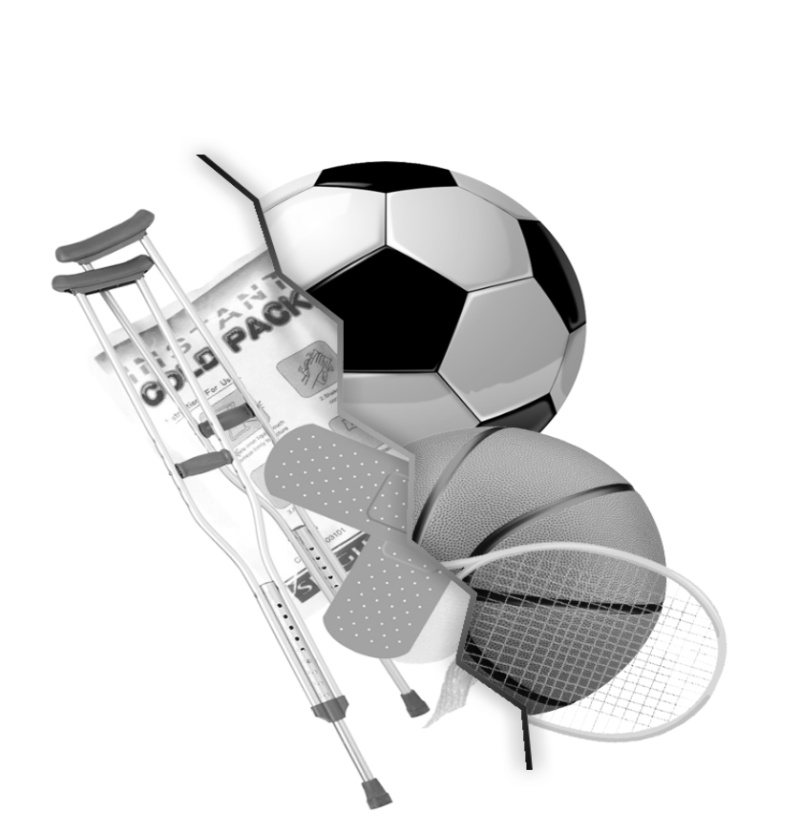Trinity athletes are no stranger to injuries. Blair Walker, a sophomore distance runner for the track team, had to sit out most of last year because of achilles tendonitis. After spending all of last year on the mend thanks to a torn ACL, Nicole Gardini, senior center defender on the women’s soccer team, was almost ready to get back on the field before sustaining a stress injury in her shins earlier this fall. Katie Glomb, a senior pitcher on the softball team, is currently riding the pine with a vascular malformation in her knee. These are a few of the many Trinity student athletes who have experienced sports-related injuries.
Many people believe sports injuries occur spontaneously during games in those dramatic moments where everyone in the stands suddenly drops their voices to a whisper as the athlete lies motionless on the field, like Jason Street in the first episode of Friday Night Lights. However, many of the situations in which an athlete becomes sidelined due to health concerns are because of stress-related injuries and overuse. Such is the case with Walker, who has struggled with his condition since high school, having it flair up to an uncomfortable point recently.
“It didn’t suddenly happen. I had this achilles pain that just kind of crept up on me and once I kept running on it, it kept getting worse to the point where I couldn’t run on it anymore,” Walker said. “It’s just a lingering pain that still bothers me now.”
Though Glomb was born with vascular malformation, she was not aware of her condition until recently when the pain flamed up due to overuse in practice.
“The hurting started happening this summer. It kind of just appears out of nowhere,” Glomb said. “You have it but you don’t realize it until a certain point.”
Nicole Gardini, who is currently recovering from a routine stress injury due to overuse, suffered a more dramatic injury last year.
“It was our first preseason practice last fall,” Gardini said. “We were playing a four on four tournament and I went into a tackle and turned up the line and there was a little bit of contact and my knee just popped out. I tore my ACL.”
Gardini missed all of last season. Walker only got to run at two meets. Glomb will miss the fall season, but will back in the spring.
“It’s pretty demoralizing,” Walker said. “You’re going to practice just like everyone else except they get to go run and compete at meets and you just sit around.”
A big part of what makes these injuries so difficult is not being able to play and feeling like you cannot contribute to your team.
“It’s hard being out here and not being able to do anything,” Glomb said. “I know all I can do is help and encourage my teammates and know I’ll be out here as soon as I can.”
For Gardini, the hardest part of the process was the six-month-long recovery period and the fact that it was the second time she had torn an ACL “” th first was in high school.
“It’s almost harder when you know what to expect because you know how long and drawn out and how exhausting of a process it is to go through,” Gardini said. “Definitely my faith and my friends and my teammates helped me through.”
These athletes’ struggles are saddening yet inspiring, as they push through setbacks and pain to continue their dream of being a collegiate athlete. Its a relevant part of the sports world that often gets overlooked for the more glamorous parts of the game, but these athletes do indeed deserve our respect.





